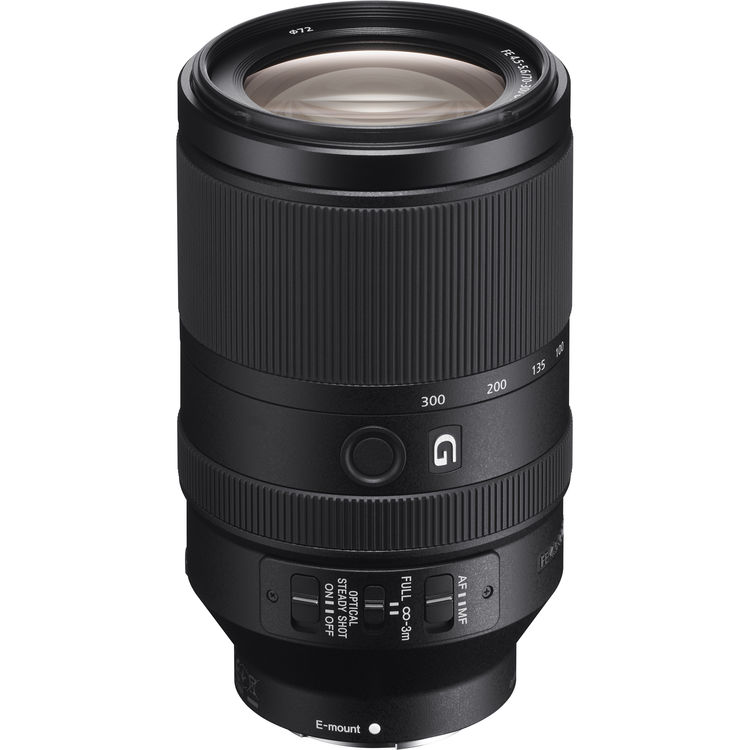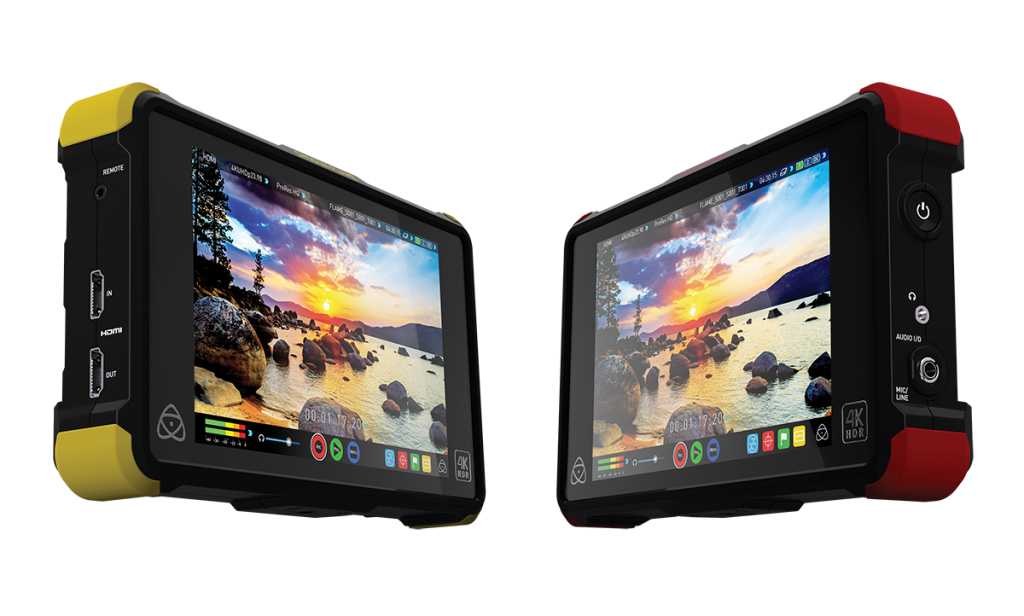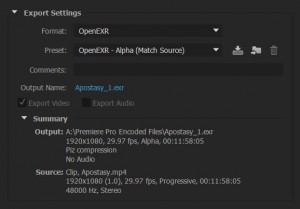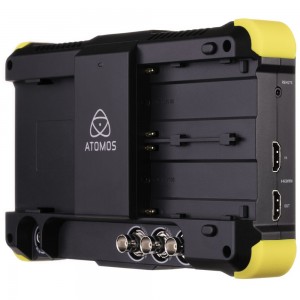 Sony proclaims that they are all-in for full-frame cinematography (e.g., the video heading up this post). But what Sony needs to do first (and should have done last year), couldn’t be simpler. They almost nailed it with their NEX-VG900, putting a full-frame sensor in the proven/award-winning/ergonomically fantastic VG-series camcorder body. But the VG900 was barely too early for the market, and it aliased like a 5D Mark II. The sensor wasn’t purpose-built for video. Yet, how easily folks have forgotten that the NEX-VG10 was absolutely revolutionary when it arrived! Just speaking for myself, it was my entry point into filmmaking, and around it, I built my first camera user group that eventually became this community.
Sony proclaims that they are all-in for full-frame cinematography (e.g., the video heading up this post). But what Sony needs to do first (and should have done last year), couldn’t be simpler. They almost nailed it with their NEX-VG900, putting a full-frame sensor in the proven/award-winning/ergonomically fantastic VG-series camcorder body. But the VG900 was barely too early for the market, and it aliased like a 5D Mark II. The sensor wasn’t purpose-built for video. Yet, how easily folks have forgotten that the NEX-VG10 was absolutely revolutionary when it arrived! Just speaking for myself, it was my entry point into filmmaking, and around it, I built my first camera user group that eventually became this community.
Sony’s auto-pilot, pernicious behavior is to fiercely defend its professional camcorders that are at the highest profit margins, amounting to impossible options for independent filmmakers, and what they’re cooking up next will be no exception to that corporate universe. Yet their debacle of overheating in the a7 series, and obvious dissatisfaction from creatives who want bare-minimum-quality audio inputs, manual controls, etc., is easily and quickly addressed by simply putting the a7S II sensor into the VG form factor. They can (and need to) do this without charging much more than a grand as a premium, on top of what the a7S II costs. Even that is a largely artificial expense. Sony doesn’t know how to read supply-and-demand curves. An a7S II sensor in an affordable VG camcorder body would sell extremely well.
It will take some thinking outside the box, ruffling old-world hierarchical feathers overseas, but it needs to be done. Think of how Blackmagic upended the camcorder world, with the aim to democratize technology instead of penny-pinching that’s practiced by protectionist mid-level accountants from Ivy League schools of theory. The best technology evolutions are always bottom-up, not top-down. Time for Sony to wake up.







